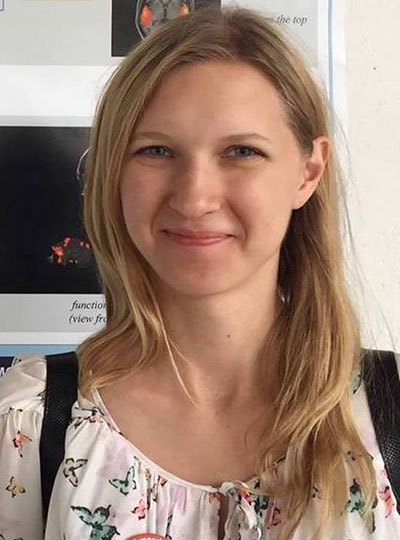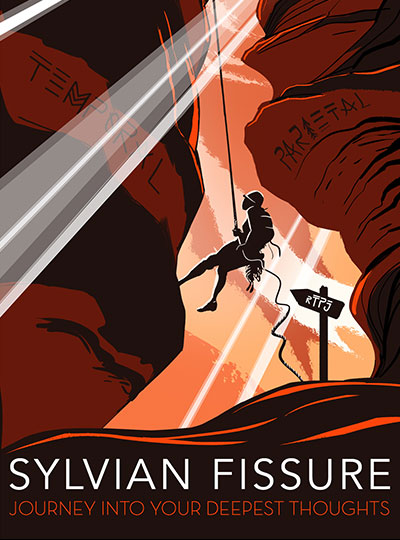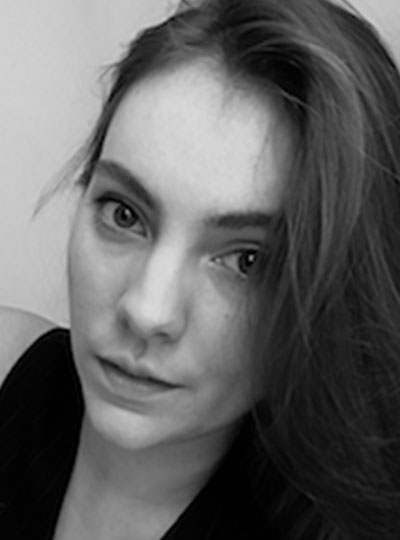A team led by researchers from Broad Institute of MIT and Harvard, and the McGovern Institute for Brain Research at MIT, has characterized and engineered a new gene-editing system that can precisely and efficiently insert large DNA sequences into a genome. The system, harnessed from cyanobacteria and called CRISPR-associated transposase (CAST), allows efficient introduction of DNA while reducing the potential error-prone steps in the process — adding key capabilities to gene-editing technology and addressing a long-sought goal for precision gene editing.
Precise insertion of DNA has the potential to treat a large swath of genetic diseases by integrating new DNA into the genome while disabling the disease-related sequence. To accomplish this in cells, researchers have typically used CRISPR enzymes to cut the genome at the site of the deleterious sequence, and then relied on the cell’s own repair machinery to stitch the old and new DNA elements together. However, this approach has many limitations.
Using Escherichia coli bacteria, the researchers have now demonstrated that CAST can be programmed to efficiently insert new DNA at a designated site, with minimal editing errors and without relying on the cell’s own repair machinery. The system holds potential for much more efficient gene insertion compared to previous technologies, according to the team.
The researchers are working to apply this editing platform in eukaryotic organisms, including plant and animal cells, for precision research and therapeutic applications.
The team molecularly characterized and harnessed CAST from two cyanobacteria, Scytonema hofmanni and Anabaena cylindrica, and additionally revealed a new way that some CRISPR systems perform in nature: not to protect bacteria from viruses, but to facilitate the spread of transposon DNA.
The work, appearing in Science, was led by first author Jonathan Strecker, a postdoctoral fellow at the Broad Institute; graduate student Alim Ladha at MIT; and senior author Feng Zhang, a core institute member at the Broad Institute, investigator at the McGovern Institute for Brain Research at MIT, the James and Patricia Poitras Professor of Neuroscience at MIT, and an associate professor at MIT, with joint appointments in the departments of Brain and Cognitive Sciences and Biological Engineering. Collaborators include Eugene Koonin at the National Institutes of Health.
A New Role for a CRISPR-Associated System
“One of the long-sought-after applications for molecular biology is the ability to introduce new DNA into the genome precisely, efficiently, and safely,” explains Zhang. “We have worked on many bacterial proteins in the past to harness them for editing in human cells, and we’re excited to further develop CAST and open up these new capabilities for manipulating the genome.”
To expand the gene-editing toolbox, the team turned to transposons. Transposons (sometimes called “jumping genes”) are DNA sequences with associated proteins — transposases — that allow the DNA to be cut-and-pasted into other places.
Most transposons appear to jump randomly throughout the cellular genome and out to viruses or plasmids that may also be inhabiting a cell. However, some transposon subtypes in cyanobacteria have been computationally associated with CRISPR systems, suggesting that these transposons may naturally be guided towards more-specific genetic targets. This theorized function would be a new role for CRISPR systems; most known CRISPR elements are instead part of a bacterial immune system, in which Cas enzymes and their guide RNA will target and destroy viruses or plasmids.
In this paper, the research team identified the mechanisms at work and determined that some CRISPR-associated transposases have hijacked an enzyme called Cas12k and its guide to insert DNA at specific targets, rather than just cutting the target for defensive purposes.
“We dove deeply into this system in cyanobacteria, began taking CAST apart to understand all of its components, and discovered this novel biological function,” says Strecker, a postdoctoral fellow in Zhang’s lab at the Broad Institute. “CRISPR-based tools are often DNA-cutting tools, and they’re very efficient at disrupting genes. In contrast, CAST is naturally set up to integrate genes. To our knowledge, it’s the first system of this kind that has been characterized and manipulated.”
Harnessing CAST for Genome Editing
Once all the elements and molecular requirements of the CAST system were laid bare, the team focused on programming CAST to insert DNA at desired sites in E. coli.
“We reconstituted the system in E. coli and co-opted this mechanism in a way that was useful,” says Strecker. “We reprogrammed the system to introduce new DNA, up to 10 kilobase pairs long, into specific locations in the genome.”
The team envisions basic research, agricultural, or therapeutic applications based on this platform, such as introducing new genes to replace DNA that has mutated in a harmful way — for example, in sickle cell disease. Systems developed with CAST could potentially be used to integrate a healthy version of a gene into a cell’s genome, disabling or overriding the DNA causing problems.
Alternatively, rather than inserting DNA with the purpose of fixing a deleterious version of a gene, CAST may be used to augment healthy cells with elements that are therapeutically beneficial, according to the team. For example, in immunotherapy, a researcher may want to introduce a “chimeric antigen receptor” (CAR) into a specific spot in the genome of a T cell — enabling the T cell to recognize and destroy cancer cells.
“For any situation where people want to insert DNA, CAST could be a much more attractive approach,” says Zhang. “This just underscores how diverse nature can be and how many unexpected features we have yet to find.”
Support for this study was provided in part by the Human Frontier Science Program, New York Stem Cell Foundation, Mathers Foundation, NIH (1R01-HG009761, 1R01-MH110049, and 1DP1-HL141201), Howard Hughes Medical Institute, Poitras Center for Psychiatric Disorders Research, J. and P. Poitras, and Hock E. Tan and K. Lisa Yang Center for Autism Research.
J.S. and F.Z. are co-inventors on US provisional patent application no. 62/780,658 filed by the Broad Institute, relating to CRISPR-associated transposases.
Expression plasmids are available from Addgene.




